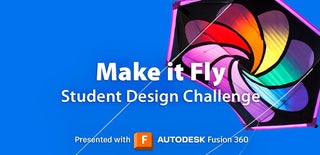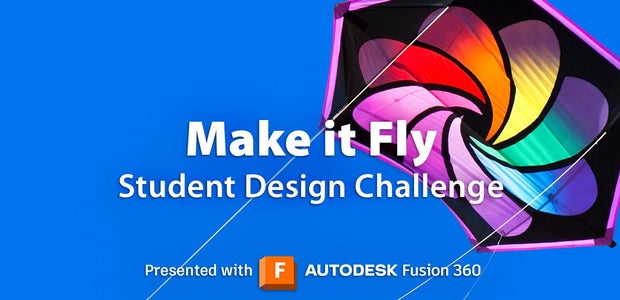Introduction: Design Your Own 3D Printed Micro Quadcopter Frame
Are you ready to embark on an exciting journey into the world of micro quadcopter? In this step-by-step Instructables project, I'll show you how to Design your very own 3D printed micro quadcopter frame even if you're new to the world of DIY drones and 3D printing.
Imagine soaring through the skies, capturing breathtaking aerial footage, or simply enjoying the thrill of piloting your custom-made drone. With a bit of patience and a passion for learning, you can turn this dream into a reality.
This project is designed for beginners, so don't worry if you're not an expert in 3D printing or drone technology. We'll guide you through each stage, from selecting the necessary components to assembling.
So, let's get started on your journey to create a 3D printed micro drone that's bound to impress both beginners and seasoned drone enthusiasts alike. Get ready to take flight!
I am an engineering student of SIT affiliated by MAKAUT University
- In this post I'm going to share how to design using Autodesk Fusion 360 and print a micro quadcopter frame. What are the things to keep in mind during design and printing process.
- Secondly will cover about the components required for a micro quadcopter.
Supplies
This are the lists of things we need to for a micro quadcopter -
Software and Tools -
- Fusion 360
- Pen and paper
- Ruler
- Soldering iron
- 3d printer (I'm using ender3 neo)
Components -
- Quadcopter frame (Desigend using fusion 360 and 3d printed)
- 4 x 8520 Magnetic Micro Coreless Motor (some others coreless motors are also available in the market)
https://robu.in/product/8520-magnetic-micro-coreless-motor-for-micro-quadcopters-2xcw-2xccw/
- 4 x 55mm - 65 mm (2.2inch) Propeller (size depends on the motor size and rpm)
- 1s/2s lipo battery 500 - 850 mah recommended (please check the flight controller and motor specifications before selecting a 2s battery)
https://robu.in/product/orange-550mah-1s-90c-3-8-v-hv-lithium-polymer-battery-pack-li-po/
- Flight Controller (for micro quadcopter mostly flight controllers comes with inbuild esc)
- Flysky FS2A 4CH Receiver
- Fly Sky FS-i6 6-Channel 2.4 Ghz Transmitter
Step 1: Create a Sketch Using Pen and Paper
Use pen and paper to create an overall sketch of the frame.
Step 2: Use Fusion360 to Create a 3d Design
Before starting 3d design check motors description to get proper dimension of the motor.
In this design we need to create a strong but light weight frame for the quadcopter so I'll create some pattern to reduce material from the frame.
Step 3: It's Time to Print the Frame
For printing this frame I have used Cura slicer and ender 3 neo printer .
Print settings -
PLA filament (nozzle - 200C bed - 60C)
3 wall , 35% infill [Total weight 5 gram]
Can use brim for support
Step 4: Connection for Testing
Unfortunately my flight controller is not working.
So I tested this quadcopter manually connecting to a switch and the battery to check if its able to pull the frame properly or not.
Check the image above and connect motors such that it follows the direction mentioned in the image.
Accordingly attach clock wise and anti clockwise propellers . If motors are rotating in proper direction and propellers are connected properly then make sure while connecting to battery it should throw air downwards.
Step 5: Testing
Its almost impossible to hover a quadcopter without flight controller , this is just a testing to check if the quadcopter can fly without any extra effort or not.
Step 6: Future Update
As soon as I get a good flight controller I will update next steps here which will provide complete guide to build a mini quadcopter

This is an entry in the
Make it Fly Student Design Challenge











Comments